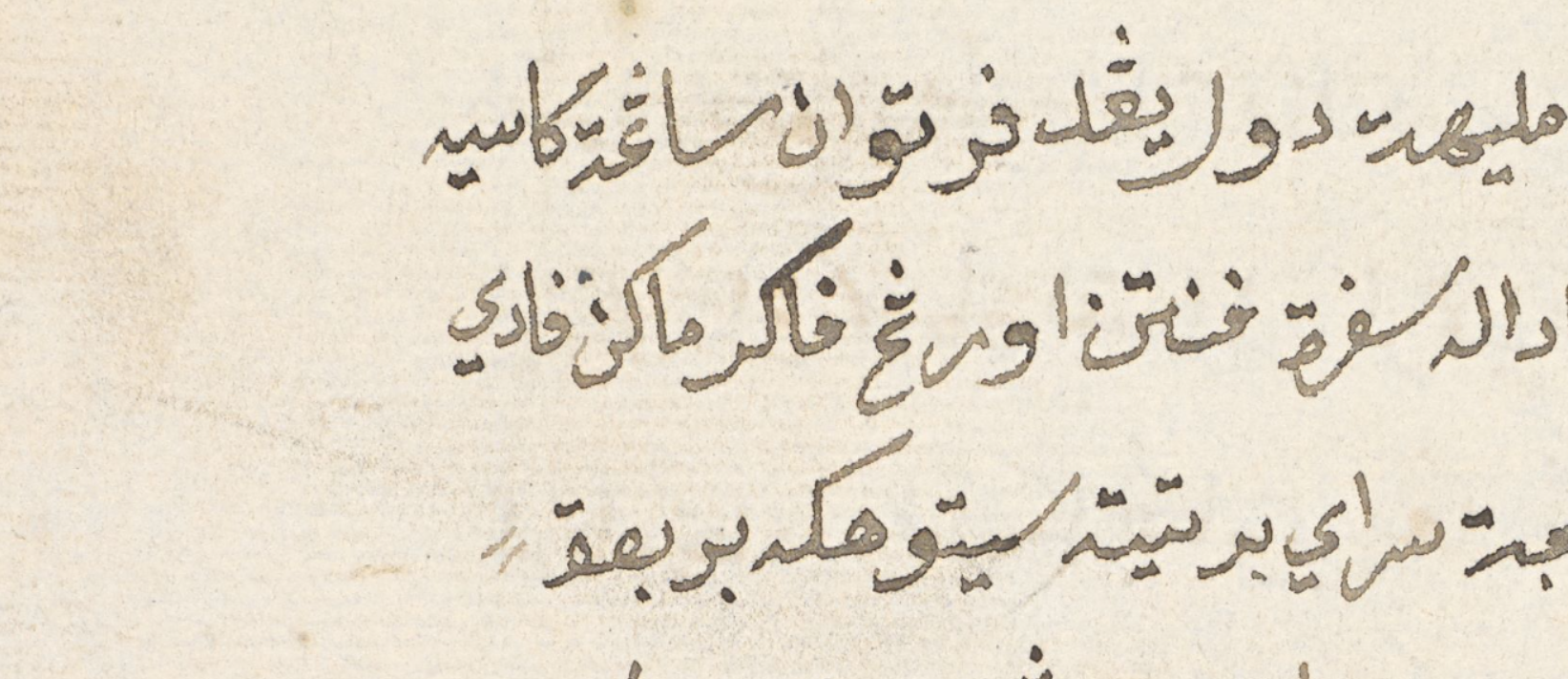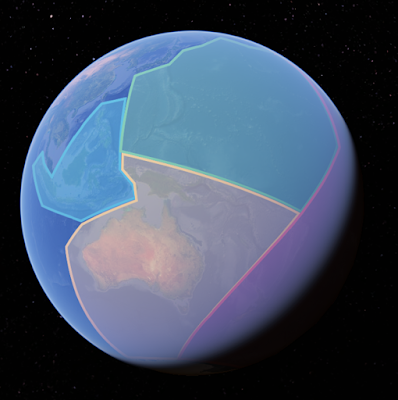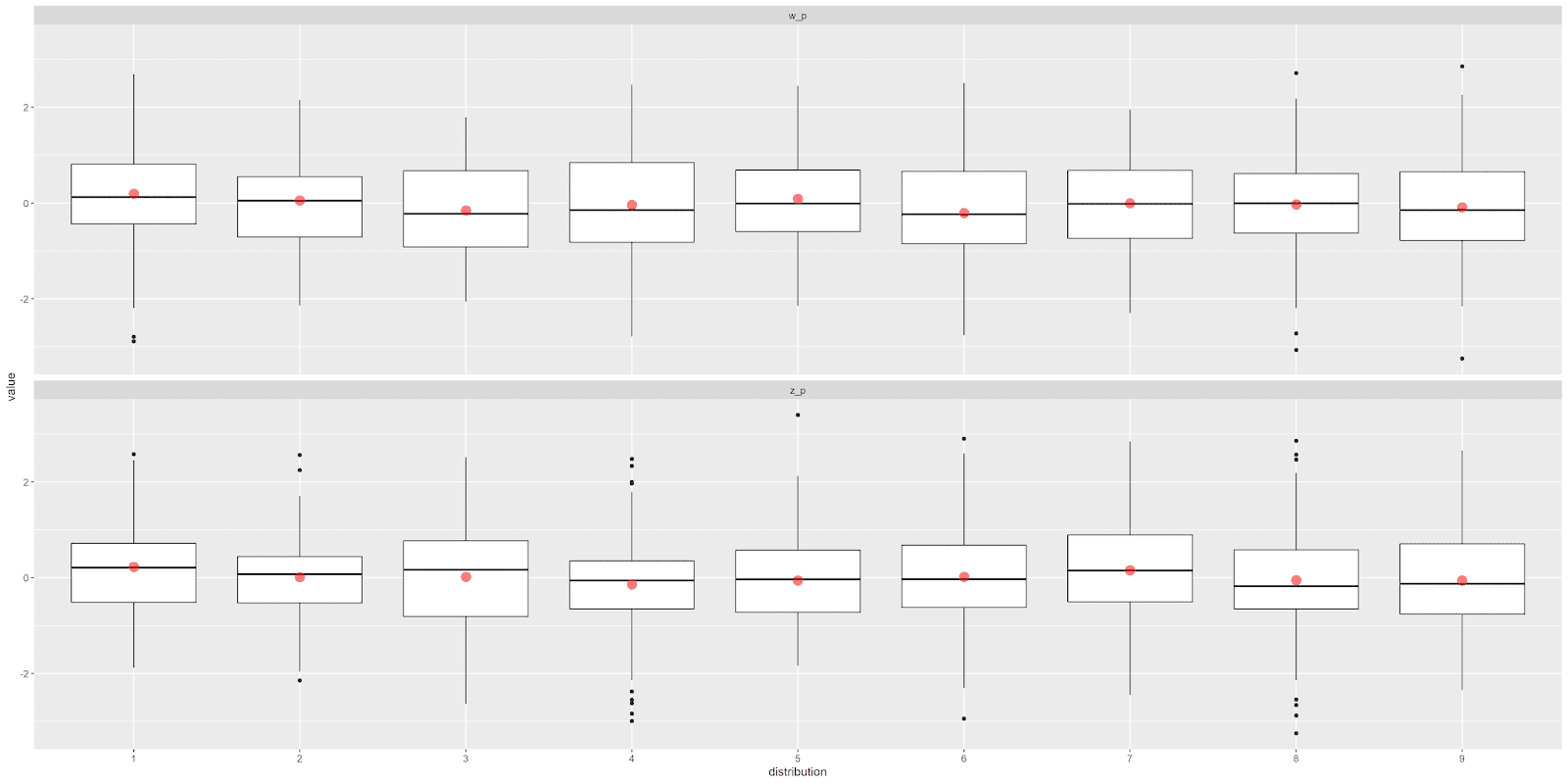Peerage in Ming Dynasty and its use in Melaka

When Zhu Yuanzhang 朱元璋 founded the Ming Dynasty in 1368, his eldest son Zhu Biao 朱標 (10 October 1355 – 17 May 1392) was made the crown prince 太子 and heir-apparent to the Ming throne. 皇帝 Prince of the Zeroth Rank The Throne of Ming Dynasty Governor of the Ming Kingdom 太子 Dotted line denotes eldest son 親王 Prince of the First Rank (10,000 shi) Non-firstborn son of the Emperor Governor of a given Province or Princedom 世子 郡王 Prince of the Second Rank (2,000 shi) Non-firstborn son of the Prince of First Rank Governor of a given Subprovince or Subprincedom His other twenty+ sons were titled Prince of the First Rank 親王 and were each given a province (or princedom) to govern, for examples, Zhu Shuang 朱樉 (3 December 1356 – 9 April 1395) Prince of Qin 秦王 (enfoeffed in Xian 西安) Zhu Gang 朱棡 (18 December 1358 – 30 March 1398) Prince of Jin 晉王 (enfoeffed in Jinyang 晉陽) Zhu Di 朱棣 (2 M...






